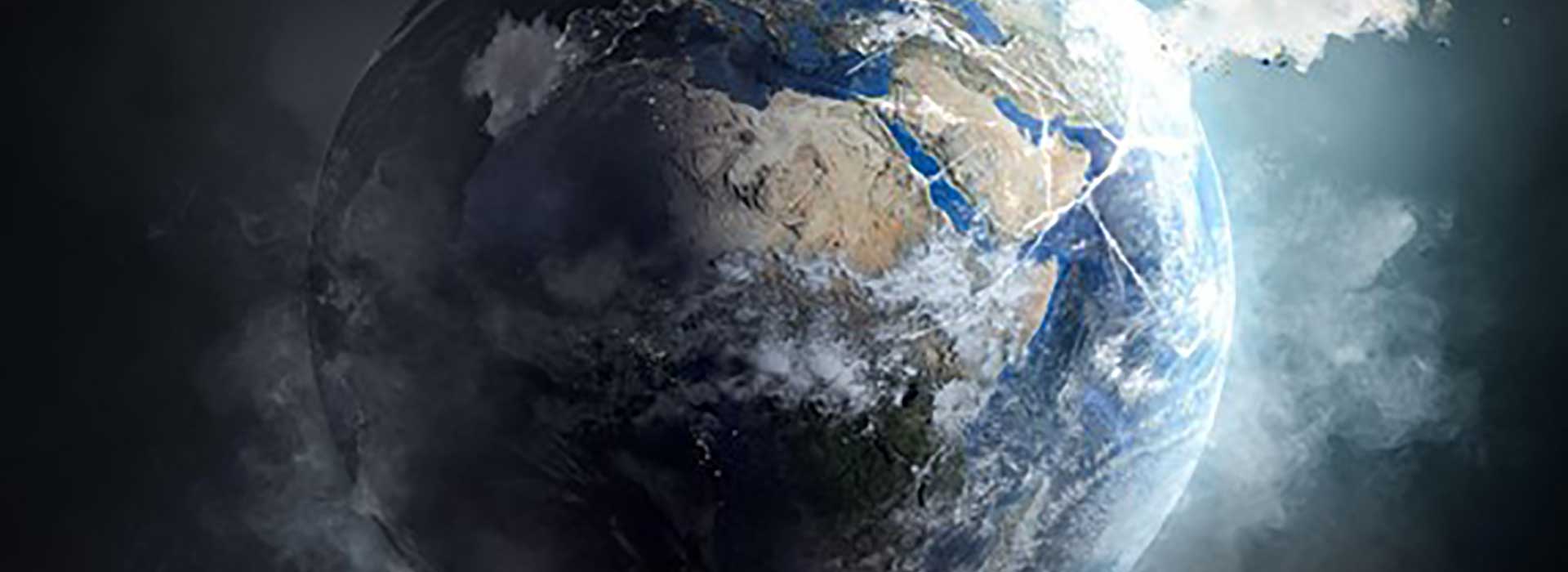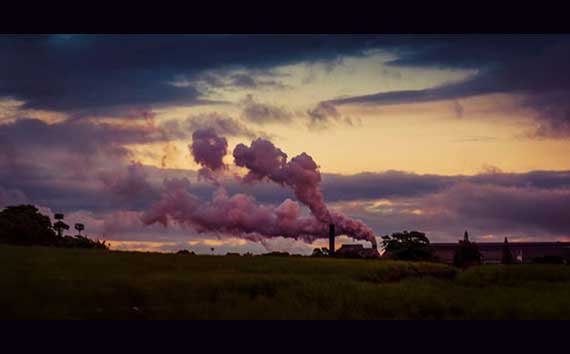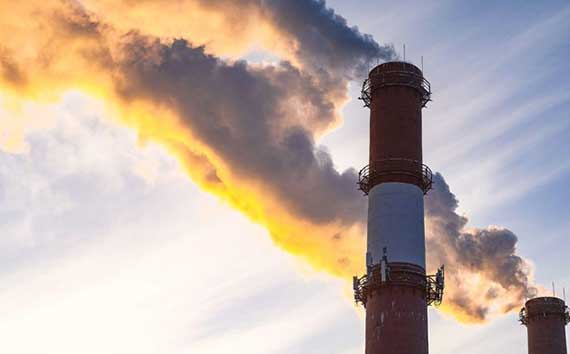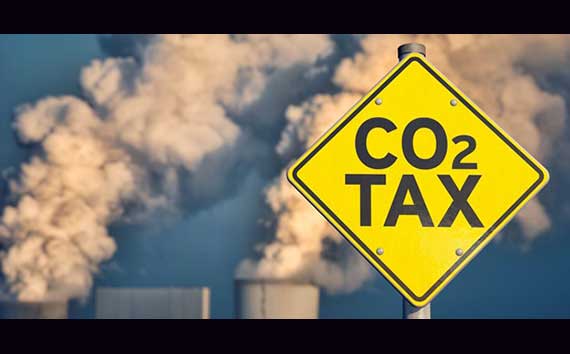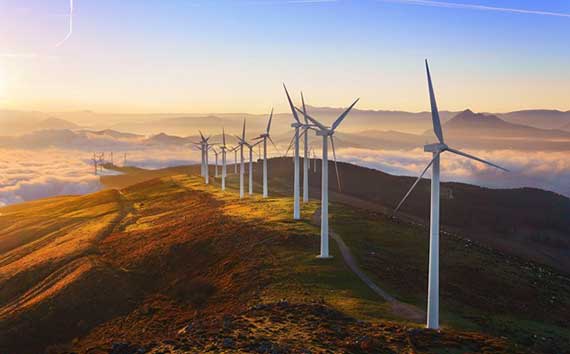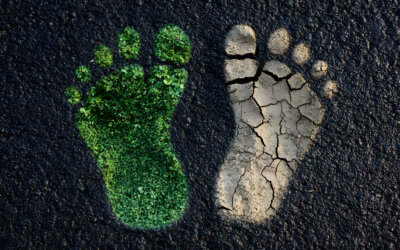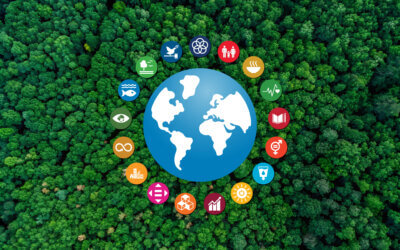Human activities are placing a strain on Earth’s natural carbon cycle. But it’s not only the carbon cycle we need to worry about. The overworked carbon cycle is changing our planet. Global warming and climate change contribute to many negative impacts, including social ones. From property damage to health consequences, future generations are at risk due to our actions today. For these reasons, we must ask ourselves an important question: What is the social cost of carbon?
Economists and scientists have worked together to create a tool called the social cost of carbon to take some of the strain off the carbon cycle and future generations. This figure paves the way for governments worldwide to create new policies designed to limit the impacts of carbon emissions.
This article will explain the natural carbon cycle and how human activity affects it. Then, we’ll explore what aspects of our world are changing. After that, we’ll look into the social cost of carbon, which provides a solution to the issue of climate change. Finally, we will look at what role carbon offsetting can play in preserving the Earth for future generations.
What Is the Natural Carbon Cycle?
Carbon is stored throughout our planet. It can be found in the atmosphere, oceans, living organisms, and sedimentary layers. The amount of carbon on Earth is more-or-less the same amount that has always been here. How, then, is carbon contributing to the global threat of climate change? Let’s take a look at the natural carbon cycle and how it works to understand the role humans play in shifting carbon levels.
Of all the carbon stored on Earth, 65,500 billion metric tons are found in rocks, and the rest is located in the ocean, atmosphere, plants, soil, and fossil fuels. Over time, the carbon shifts from one of these containers to another. Some of the changes take a long time, while others occur rapidly. Earth’s temperature is regulated through this natural cycle.
One natural way carbon is released from rocks into the atmosphere is through volcanic eruptions. Today, volcanoes are responsible for emitting 130 million to 380 million metric tons of carbon per year.
Human carbon dioxide emissions from burning fossil fuels are 30 billion tons every year; that’s 100 to 300 times more than the natural amount coming from volcanic activity. The massive quantity of carbon released due to human activity strains the natural carbon cycle. More carbon is released into the atmosphere than absorbed through natural processes, leading to global warming and climate change.
The fastest way carbon dioxide is removed from the atmosphere is through plants and phytoplankton. These organisms absorb carbon dioxide from the atmosphere into their cells to create energy. Plant life plays such a significant role in atmospheric carbon reductions that carbon levels increase regionally in the winter when more plants are decaying than those that are growing and drop in the spring when plants begin to grow again.
The intense involvement of plants in carbon sequestration supports activities like tree planting and forest management as positive human endeavors that can aid in reducing global carbon levels.
How Does Human Activity Affect the Carbon Cycle?
Burning fossil fuels is the primary human activity responsible for carbon and other greenhouse gas emissions into the atmosphere. In the United States, the industry that emits the most carbon is transportation — followed by electricity production, industry, and commercial/residential energy use. Human activities like these contribute to increasing carbon dioxide levels, burdening the natural carbon cycle.
Other human activities that contribute to changes in the carbon cycle are land-use changes. Deforestation for crops or urban development removes trees that are essential in the mitigation of carbon from the atmosphere. Trees store carbon in their wood, stems, and leaves and are replaced with vegetation that absorbs little carbon or urban developments that absorb no carbon. Humans emit just under 1 billion tons of carbon annually due to land-use changes alone.
Human activities like these have resulted in a dramatic increase in carbon dioxide levels since the Industrial Revolution. There has been a 39% increase in atmospheric carbon concentrations since humans first began burning fossil fuels for industry, resulting in the highest concentration of carbon in 2 million years.
Our actions have significant consequences on our planet. As we continue to burn fossil fuels and alter how we use the land, the carbon cycle will be incapable of keeping pace with the amounts of carbon emitted each year.
What Happens When the Carbon Cycle Is Changed?
As human activity interferes with the natural carbon cycle, we are beginning to see changes in many areas of our planet. These changes can be found in natural containers of carbon: the atmosphere, the ocean, and the land.
Each of these containers is involved with one another in a carbon exchange. When one becomes saturated, another absorbs the excess carbon. However, the absorption of excess carbon can have negative consequences on the state of ecosystems. Let’s look into each of these to observe the changes they are experiencing.
The Atmosphere
Carbon dioxide and other greenhouse gases, like methane, are responsible for trapping heat, which keeps it from escaping our atmosphere into space. A certain presence of these gases is necessary for Earth to stay warm enough to support life. Carbon dioxide alone is responsible for 20% of Earth’s greenhouse effect, so when concentrations increase due to human activity, global warming effects are profound.
Global warming causes extreme weather patterns like increased drought and intense storms. Sea levels are rising due to melting ice caps, and crops are becoming more challenging to grow in some regions. Ecosystems face severe changes in stable climate that could result in permanent damage. All these adverse effects of global warming will result in expensive property damage, loss of life, and serious health risks to humans worldwide.
The Ocean
The ocean is experiencing changes due to increasing atmospheric carbon levels. The sea is one of Earth’s natural carbon sinks, and it absorbs carbon from the atmosphere when there is a surplus. The ocean has absorbed around 30% of the carbon dioxide humans have released into the atmosphere and, as a result, has increased in acidity by 30%. When carbon interacts with ocean water, carbonic acid is formed and increases acidity levels in the ocean.
Increasing ocean acidity poses a threat to marine life. Ocean temperatures are also experiencing warming due to rising global temperatures. Increasing temperatures and acidity both threaten the health of ecosystems in our oceans.
The Land
Plants on land have absorbed around 25% of the carbon dioxide emitted through human activity. While plants thrive in carbon-rich environments, global warming has reduced plants’ ability to take advantage of the carbon-rich atmosphere.
Increasing temperatures and drought have caused plants to slow their growth in the summer months in the Northern Hemisphere. What is more, plants need nutritious soil to grow. As temperatures increase, soil fertility decreases, meaning plants do not have the nutrients necessary to continue growing and absorbing carbon dioxide.
What Is the Social Cost of Carbon?
The social cost of carbon (SCC) is a carbon pricing tool used to measure the cost-benefit analysis of the negative social impacts due to climate change. It works by projecting future costs of climate-change-related damages due to one ton of carbon emitted today.
The costs of climate change include property damage, human health consequences, and impacts on economic growth. The SCC is a number used by U.S. government decision-makers to prevent future damages and limit some of the liability placed on future generations, who would otherwise have to deal with these damages. Let’s cover each of these costs of climate change and then look at how the SCC can help.
Property Damage
As global temperatures warm and the climate changes, extreme weather and sea-level rise threaten property. These dramatic changes cause significant amounts of property damage, which places a strain on economies. In 2021, for example, hurricanes caused $33 billion in property damage. Increasing wildfires cause significant property damage, and communities lack the water storage infrastructure to handle droughts.
Human Health Consequences
Clean air and drinking water, food, and shelter are all threatened in communities worldwide. Climate change is expected to contribute to 250,000 additional deaths per year due to health concerns like malnutrition, malaria, diarrhea, and heat stress. It is predicted that $2 billion-$4 billion per year will be spent on these health damages by 2030.
Economic Growth Impacts
If global temperatures increase by 3.2 degrees C (5.76 degrees F) by 2050, the global economy could experience an 18% decrease in GDP. Nations that are less apt to experience extreme weather are likely to be least affected by economic impacts. Countries that do not have abundant resources will struggle as global temperatures increase. If the Paris Agreement standards are met (less than 2 degree C temperature increase), the world’s GDP will only decrease by 4%, dramatically reducing the economic cost of climate change.
How the Social Cost of Carbon Can Help
In 2013, the social cost of carbon was set at $50 per ton of carbon dioxide emitted. This value was used as the basis for climate policy decision-making on issues like vehicle fuel economy standards and power plant emission reductions. The value was created by an Interagency Working Group (IWG) that works to review the most recent scientific and economic information available.
Currently, a new IWG is working toward an updated estimate of the social cost of carbon using the best available science and economic data. This new figure can help reduce the impacts of climate change through policy change and regulatory orders.
The purpose of developing SCC estimates is to remove some of the burdens from future generations for actions being taken today. Measuring the socioeconomic effects of climate change can provide data for policymakers who are looking to introduce beneficial energy policies that can reduce climate damages. Concepts like a carbon tax can help remove some of the financial burdens from future generations.
Understanding the economics of climate change, along with the human risks, is essential for the future. Using these numbers that have been compiled by economists and climate science experts can dramatically reduce the economic damages and human health consequences associated with climate change.
How Can Carbon Offsetting Help?
Human-caused changes to the natural carbon cycle are certainly having an effect on global temperatures. Luckily, there are methods available today that can play a role in mitigating the devastating effects of climate change. One such option that you can participate in today is carbon offsetting.
Carbon offsetting is the best way for you to get involved in reducing the overall human involvement in changing the natural carbon cycle. Carbon offsetting supports projects like farm power, landfill gas capture, and methane capture from abandoned coal mines to turn harmful greenhouse gases into energy. Clean energy projects like wind farms provide alternatives to fossil fuel burning for electricity generation.
When you purchase carbon offsets from Terrapass your money goes to support these projects that reduce carbon emissions. Your action is an important step in helping out the natural carbon cycle and reducing the cost of climate change for future generations.
Understanding the Social Cost of Carbon Is the First Step
After having gone over the natural carbon cycle and how it works, you have the information needed to understand the impact humans have on the environment as a whole. The changes we see in the world around us may appear daunting at times, but with tools like the social cost of carbon figures, we as a species can take the necessary steps to preserve our world and all life in it. As we continue to work toward carbon reductions, we can be sure we are moving in the right direction.
Visit Terrapass to purchase individual carbon credits and play your part in preserving our world for the future.
Brought to you by terrapass.com
Featured image:
